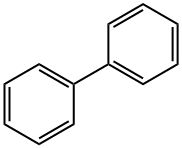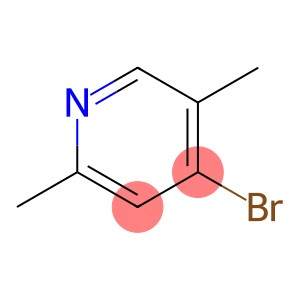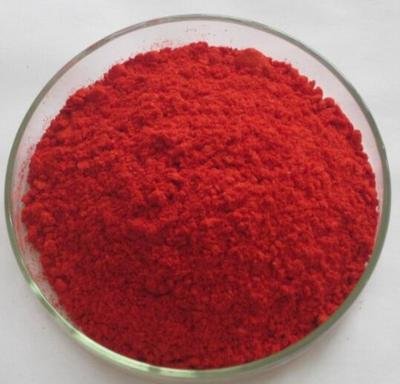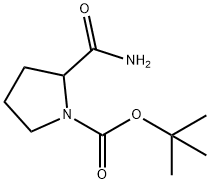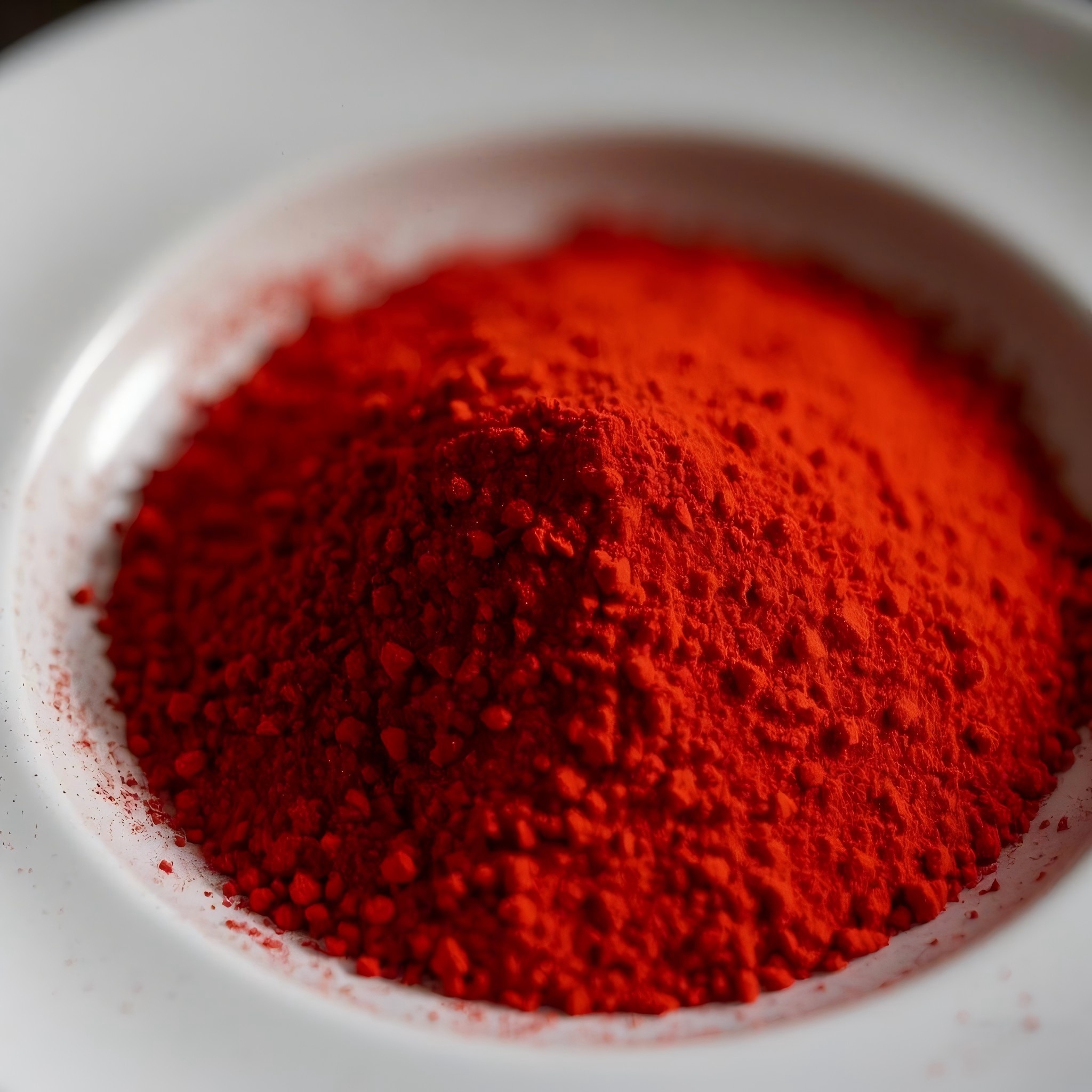Biphenyl;Phenylbenzene;Diphenyl (CAS#92-52-4)
| Hazard Symbols | Xi – IrritantN – Dangerous for the environment |
| Risk Codes | R36/37/38 – Irritating to eyes, respiratory system and skin. R50/53 – Very toxic to aquatic organisms, may cause long-term adverse effects in the aquatic environment. |
| Safety Description | S23 – Do not breathe vapour. S60 – This material and its container must be disposed of as hazardous waste. S61 – Avoid release to the environment. Refer to special instructions / safety data sheets. |
| UN IDs | UN 3077 |
Introduction
Nature:
1. It is a colorless liquid with a sweet and aromatic aroma.
2. Volatile, highly flammable, soluble in organic solvents and inorganic acids.
Usage:
1. As an organic solvent widely used in the chemical industry, it plays an important role in solvent extraction, degreasing, and preparation of cleaning agents.
2. Biphenyl can also be used as a raw material and intermediate for various chemical substances, used in the synthesis of dyes, plastics, rubber and other products.
3. It can also be used as a fuel additive, automotive coolant, and a component of plant protectants.
Method:
There are multiple pathways, the most common of which is the cracking of coal tar. Through coal tar cracking reaction, a mixed fraction containing biphenyl can be obtained, and then high-purity biphenyl can be obtained through purification and separation techniques.
Security information:
1. Biphenyl is a flammable liquid that can cause fires when exposed to sources of fire or high temperatures. Therefore, it is important to stay away from open flames, heat sources, and static electricity.
2. Biphenyl vapor has certain toxicity and can irritate the respiratory system, nervous system, and skin. Therefore, appropriate protective equipment should be worn and a well ventilated working environment should be ensured.
3. Biphenyls can also cause damage to aquatic organisms, so they should be avoided from being discharged into water bodies.
4. When handling and storing biphenyls, strict adherence to relevant safety operating procedures should be followed to avoid leakage and accidents.


